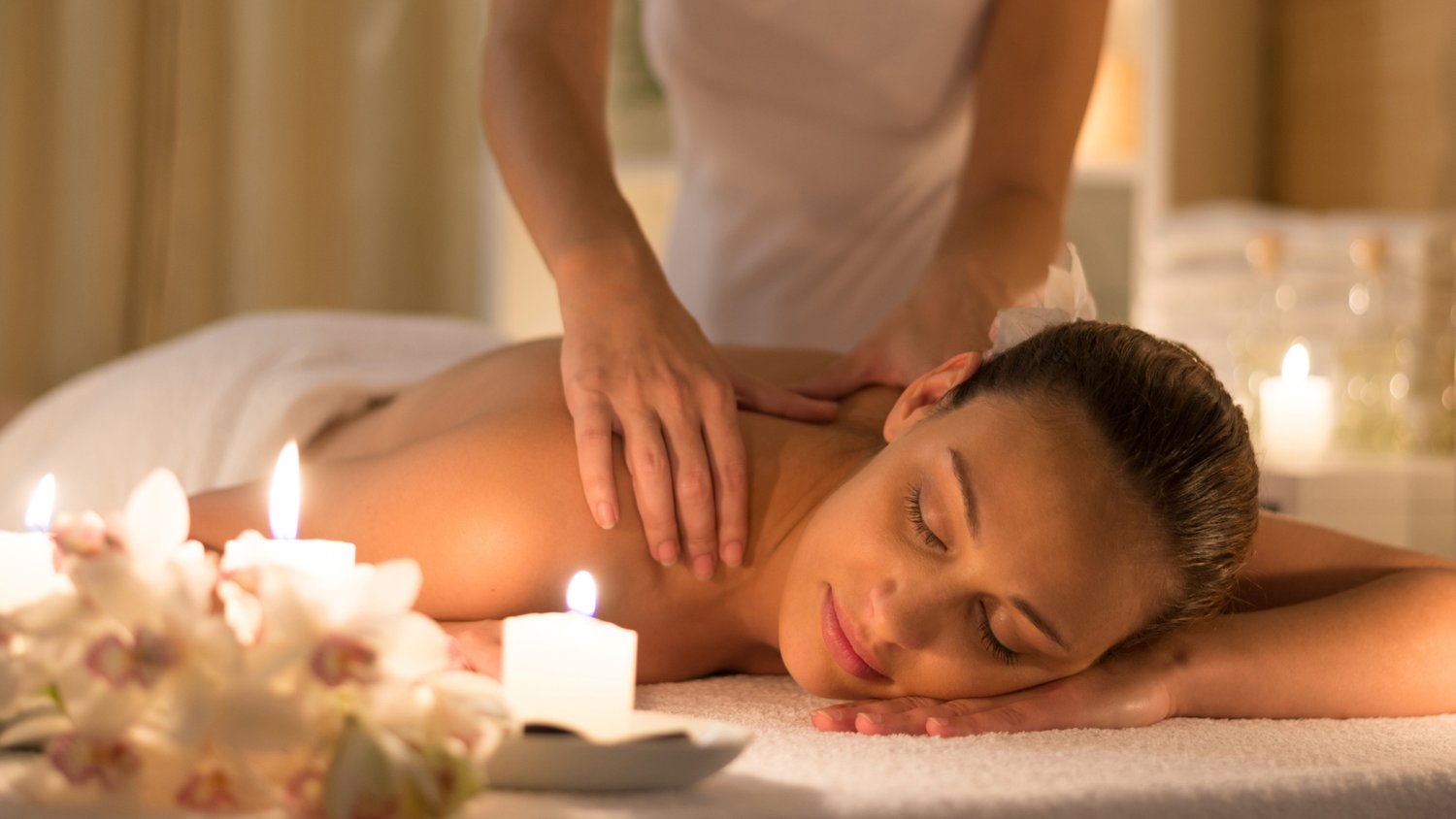
In the realm of holistic wellness, reflexology stands out as a practice that not only promotes relaxation but also aims to restore balance and harmony within the body 부천출장마사지 . At the heart of reflexology is the belief that specific points on the feet correspond to various organs and systems in the body. In this article, we will embark on a journey into the world of reflexology, unraveling its origins, principles, and the profound relaxation it offers through the feet.
The Roots of Reflexology:
Reflexology traces its roots back to ancient civilizations, with evidence suggesting its practice in China, Egypt, and India thousands of years ago. The ancient Chinese and Egyptians believed in the concept of life energy, or Qi, flowing through the body along specific pathways. Reflexology, as we know it today, evolved from these ancient principles, incorporating insights from diverse cultures over the centuries.
Principles of Reflexology:
Reflexology operates on the premise that the feet are a microcosm of the entire body, with specific reflex points corresponding to organs, glands, and various body parts. By applying pressure to these reflex points, a reflexologist stimulates energy flow and promotes balance within the corresponding areas of the body. The feet, being rich in nerve endings and energy channels, serve as a gateway to achieving overall well-being.
The Reflexology Session:
A typical reflexology session involves the client reclining in a comfortable chair while the reflexologist applies pressure to specific points on the feet using their hands, fingers, or specialized tools. The pressure applied is intentional, aiming to release tension, improve circulation, and stimulate the body’s natural healing mechanisms. Clients often report a deep sense of relaxation during and after a reflexology session.
Health benefits of Reflexology:
Stress Reduction: Reflexology helps activate the parasympathetic nervous system, promoting relaxation and reducing the body’s stress response. This, in turn, can contribute to improved mood and mental well-being.
Improved Circulation: The manipulation of reflex points enhances blood flow to various organs and systems, aiding in the delivery of oxygen and nutrients while supporting the removal of toxins.
Pain relief: Reflexology has been found to be effective in alleviating pain, especially in areas associated with specific reflex points. It is often used as a complementary therapy for conditions such as headaches, back pain, and musculoskeletal issues.
Enhanced Energy Flow: By targeting blockages in the body’s energy pathways, reflexology aims to restore balance and promote the smooth flow of energy, contributing to overall vitality.
Holistic Well-being: Reflexology is a holistic practice that addresses the interconnectedness of the body, mind, and spirit. Clients often report not only physical benefits but also a sense of calmness, clarity, and balance.
Conclusion:
Reflexology offers a unique and therapeutic approach to relaxation, using the feet as a gateway to promote holistic well-being. As an ancient practice that has withstood the test of time, reflexology continues to captivate individuals seeking not only relaxation but also a deeper connection with their own bodies. Whether used as a standalone treatment or as a complement to other wellness practices, reflexology invites individuals to step into a world where the feet serve as a map to relaxation, balance, and renewed vitality.